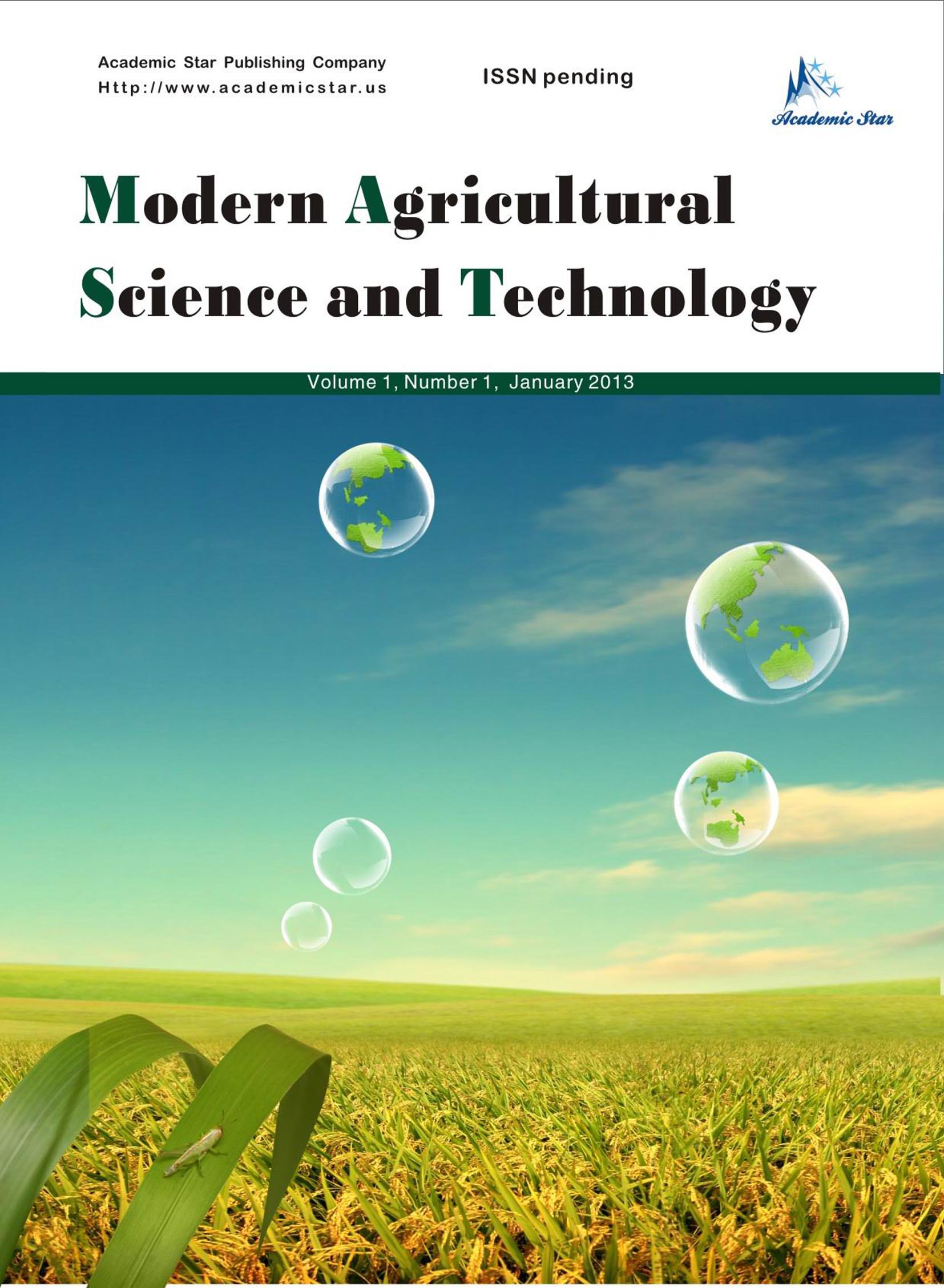Technology and Engineering

- ISSN: 2375-9402
- Modern Agricultural Science and Technology
Mycotoxins in Dairy Cattle and Mycotoxin Deactivators,
Their Role and Economic Evaluation: Review
Jan Van Eys1, Natalia Beloglazova2, and Radka Borutova1
1. Nutriad International, Hoogveld 93, Dendermonde, Belgium
2. Laboratory of Food Analysis, Department of Bioanalysis, Ottergemsesteenweg 460, B-9000 Ghent, Belgium
Abstract: Nearly 25% of all crops worldwide are affected by mycotoxins while annual economic costs of mycotoxins to the U.S. agricultural economy is estimated to average $1.4 billion. Since 1989, the population of dairy cows has significantly dropped while the milk production has remained relatively constant. As a result of higher dry matter intake (DMI), dairy cows these days produce a lot more milk than decades ago. Higher DMI has led to increased intake of mycotoxins and their negative effects in ruminants. Ruminants have a limited capacity to detoxify mycotoxins through the action of the rumen microbiota. Once this ruminal capacity is saturated, any excess mycotoxins consumed will result in negative effects in the animal. Consequently, in ruminants, mycotoxins and their effects have received less attention and it is only recently that increased consideration has been given to their effect on production, health status and reproduction. The rumen has long been considered relatively resistant to mycotoxins because rumen microflora, which contains dense populations of several species of bacteria, protozoa, was assumed to naturally detoxify mycotoxins. However, stressed dairy cows such as those that are sick and/or lactating may have an increased rumen passage rate and therefore may not be able to denature all of the toxins in contaminated feed. The use of mycotoxin deactivators under conditions where mycotoxins are thought to be present even at low levels appears to restore, to a large extent, productivity and profitability.
Key words: ruminants, mycotoxins, dairy cows, mycotoxins deactivators, milk production, dry matter intake, immune system






